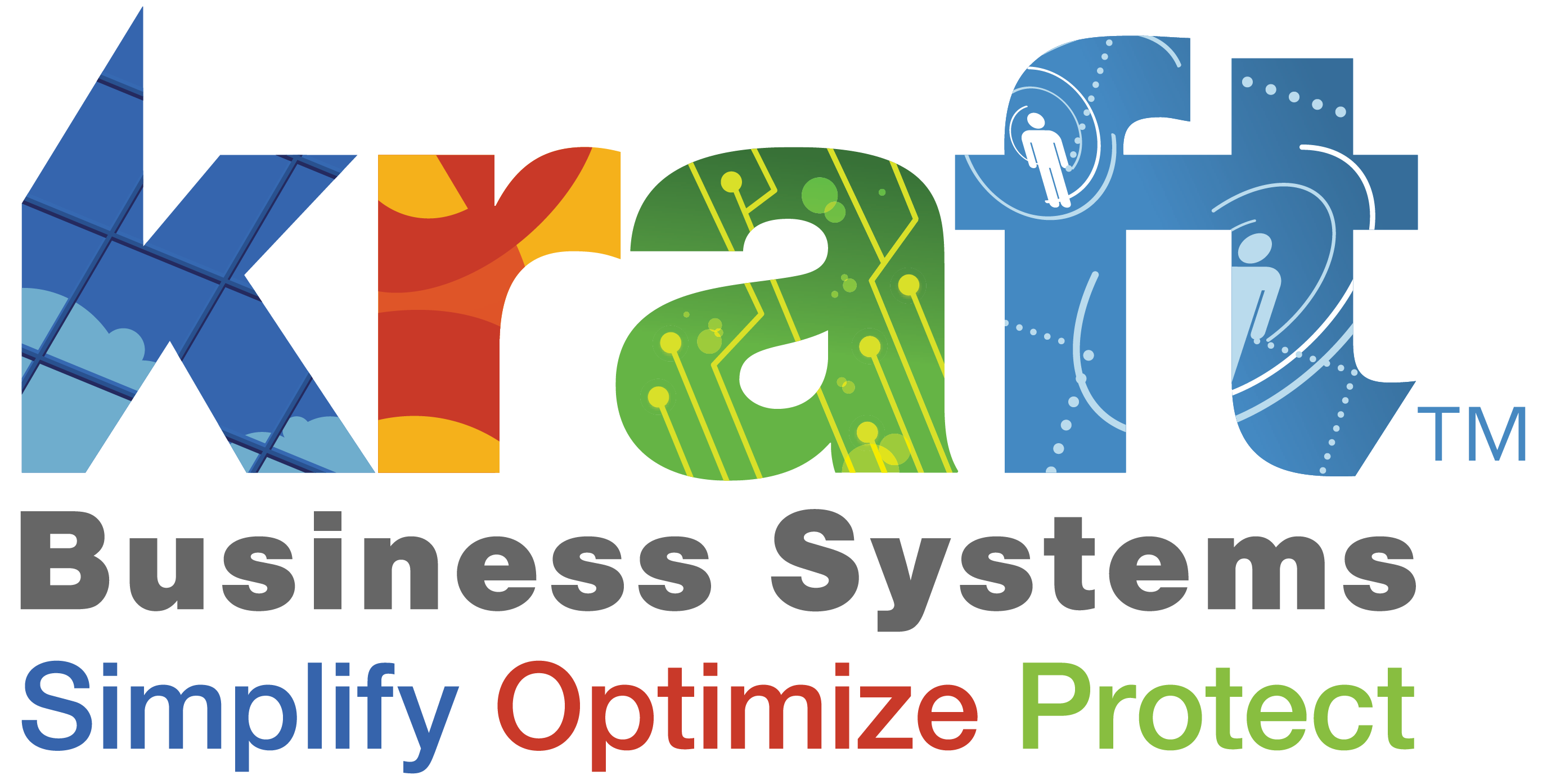Managed IT Services for Small Businesses
Small businesses often struggle to keep up with rapidly evolving technology. This is where managed IT services step in to provide a cost-effective and scalable solution for handling IT needs. A managed service provider (MSP) offers a range of support services, from network monitoring to cybersecurity, ensuring small businesses stay productive and protected without straining their in-house resources.
By leveraging tech support from a reliable MSP, small businesses can focus on growth rather than troubleshooting IT issues. These support services not only cover day-to-day technical needs but also help develop a strategic plan for long-term IT management. A strategic plan enables businesses to align their technology investments with their overall business goals, ensuring that their tech infrastructure evolves alongside their company. With a comprehensive strategic plan and dedicated tech support, small businesses can thrive in a rapidly changing digital environment, minimizing downtime and maximizing productivity.
What Are Managed IT Services?
Managed IT services refer to outsourcing specific IT functions to a third-party provider known as a managed service provider. This arrangement allows small businesses to delegate tasks like network management, cybersecurity, and data backup to a team of experts. With a managed IT service, businesses can focus on their core operations while ensuring that their IT infrastructure is in capable hands.
One of the primary benefits of managed IT services is that they provide 24/7 monitoring and proactive support, reducing the risk of downtime and technical issues. This proactive approach helps businesses maintain operational efficiency and secure their digital assets against emerging threats. With a dedicated MSP, small businesses can enjoy a higher level of support without the need to build an expensive in-house IT team.
Why Small Businesses Need Managed IT Services
Small businesses often face numerous technology-related challenges, such as limited budgets, insufficient IT expertise, and the inability to scale their operations. Managed IT services address these issues by providing tailored solutions that align with the unique needs of small to medium-sized businesses.
Outsourcing IT to a managed service provider offers a cost-effective alternative to hiring a full-time IT staff. It allows small businesses to access a broad range of technical skills and services, such as cybersecurity, data backup, and help desk support, which would otherwise be too expensive to maintain in-house. Furthermore, MSPs ensure that the business’s technology remains up-to-date and optimized, helping small businesses stay competitive in the marketplace.
Core Services Offered by Managed Service Providers
Network Management & Monitoring
An MSP’s network management services include continuous monitoring, troubleshooting, and optimization of a business’s network infrastructure. By ensuring network uptime and addressing issues proactively, MSPs help prevent disruptions that could affect productivity.
For small businesses, network monitoring is crucial to maintaining business continuity and protecting sensitive data. Through automated systems and real-time alerts, MSPs can identify and resolve network issues before they escalate into significant problems, ensuring a seamless workflow.
Cybersecurity & Threat Management
Cybersecurity is a top priority for small businesses, as they are often targeted by cybercriminals due to perceived vulnerabilities. Managed IT services include comprehensive cybersecurity solutions, such as firewalls, intrusion detection, and security awareness training.
By implementing robust security measures, MSPs can safeguard small businesses against ransomware, phishing attacks, and other cyber threats. They also offer ongoing security assessments to identify potential vulnerabilities and recommend best practices for enhancing security.
Data Backup & Disaster Recovery
Data loss can be devastating for any business, especially small businesses that rely on critical information to operate. Managed IT services provide data backup and disaster recovery solutions, ensuring that essential data is regularly backed up and can be restored quickly in case of an emergency.
With a disaster recovery plan in place, small businesses can minimize downtime and resume operations swiftly after a data loss incident. This level of preparedness is essential for maintaining business continuity and protecting against costly disruptions.
Understanding Managed IT Service Pricing and Cost Factors
The cost of managed IT services varies based on several factors, including the size of the business, the level of support required, and the scope of services provided. Typically, pricing models include fixed monthly fees, pay-per-service plans, or tiered service packages tailored to specific business needs.
For small businesses, a fixed monthly fee is often the most suitable option, as it provides predictable costs and comprehensive support. However, businesses with more complex needs may opt for customized service plans that include additional services, such as on-site support or advanced cybersecurity measures.
Co-Managed IT Services vs. Fully Managed IT Services
Co-managed IT services offer a collaborative approach, where the MSP works alongside the business’s internal IT team to provide support and expertise. This model is ideal for small to medium-sized businesses that have some in-house IT capabilities but require additional resources to handle complex tasks.
In contrast, fully managed IT services take full responsibility for managing the business’s IT infrastructure, allowing small businesses to focus entirely on their core operations. This model is suitable for businesses without an in-house IT team or those looking to completely outsource their technology management.
How to Choose the Right Managed IT Service Provider
Choosing the right managed service provider is crucial for ensuring that your business’s IT needs are met effectively. Start by evaluating potential providers based on their service offerings, industry experience, and customer support capabilities.
Look for MSPs that offer scalable solutions tailored to small businesses, as well as a proven track record of success. Additionally, consider their level of support, response times, and flexibility in accommodating your business’s growth.
Evaluating the Impact of Managed IT Services on Business Growth
Managed IT services can significantly impact business growth by optimizing technology infrastructure and reducing operational costs. By partnering with a reliable MSP, small businesses can focus on strategic initiatives and enhance productivity without worrying about technical challenges.
Furthermore, the proactive support provided by MSPs helps businesses stay ahead of potential issues, ensuring that technology remains an asset rather than a liability. As a result, businesses can achieve greater efficiency and position themselves for long-term success.
Step-by-Step Guide to Implementing Managed IT Services
1: Assess Your Business’s IT Needs
Begin by identifying your business’s current IT challenges and technology gaps. Determine which functions need support and where a managed IT service provider can add value.
2: Research and Shortlist MSPs
Look for MSPs with expertise in your industry and a strong reputation for customer support. Create a shortlist based on their service offerings and pricing.
3: Evaluate Service Plans and Offerings
Compare the service plans provided by each MSP, paying close attention to the level of support, response times, and included services. Choose a plan that aligns with your business’s needs and budget.
4: Create a Strategic IT Roadmap
Work with your chosen MSP to develop a strategic IT roadmap that outlines your technology goals and the steps needed to achieve them. This plan should include milestones for integrating new services and optimizing existing systems.
5: Implement the Managed IT Service Plan
Collaborate with the MSP to implement the chosen services, train your staff, and integrate new technologies. This process should be seamless and minimally disruptive to your operations.
6: Monitor and Optimize IT Performance
Once the services are in place, regularly monitor performance metrics and work with your MSP to identify areas for improvement. Proactive optimization is key to maintaining efficiency and minimizing downtime.
7: Scale Services as Your Business Grows
As your business evolves, review your IT service needs and scale the services accordingly. A flexible MSP will be able to accommodate your changing requirements and provide additional support as needed.
Best Practices for Small Businesses Using Managed IT Services
To get the most out of managed IT services, small businesses should focus on maintaining regular communication with their MSP and actively participating in the service planning process. It’s also essential to stay informed about emerging technology trends and security threats, ensuring that your business remains prepared for future challenges.
Managed IT Services & Cloud Computing Integration
Combining managed IT services with cloud computing can offer small businesses enhanced scalability and cost savings. Cloud-based services allow businesses to access data and applications from anywhere, facilitating remote work and collaboration.
MSPs can help small businesses migrate to cloud environments, manage cloud infrastructure, and provide ongoing support. This integration can significantly enhance business agility and enable seamless scalability.
Enhancing Security with Managed IT Services
Managed IT services play a critical role in protecting small businesses from cyber threats. By implementing security awareness training and conducting regular security assessments, MSPs can help businesses create a culture of security and reduce the risk of breaches.
Additionally, advanced threat detection and response capabilities allow MSPs to identify and neutralize potential threats before they cause harm. This proactive approach is essential for safeguarding sensitive business data and maintaining customer trust.
Building Long-Term Relationships with MSPs
A successful partnership with an MSP depends on clear communication and a shared commitment to achieving business goals. Regular service reviews and feedback sessions can help both parties stay aligned and address any evolving needs.
Small businesses should view their MSP as a strategic partner rather than just a service provider. This collaborative mindset will ensure that the business’s technology infrastructure supports long-term growth and success.
Exploring Managed IT Support for Small BusinessesFAQs: Managed IT Support Services for Small and Medium-Sized Businesses
What are managed IT services, and how do they benefit small businesses?
Managed IT services involve outsourcing IT functions, such as network management, managed cybersecurity services, and help desk services, to a third-party provider. This approach allows small businesses to access specialized expertise, streamline business processes, and focus on core operations. Providers that offer managed IT support services help businesses reduce operational costs, maintain robust network security, and align technology with business goals.
How much do managed IT services cost for small businesses?
The pricing for managed IT services varies depending on the size of the business, the types of managed IT services required, and the level of service chosen. Common pricing models include fixed monthly fees, tiered plans, or pay-per-service options. For small businesses looking for flexibility, managed IT support services offer scalable pricing structures tailored to specific needs, ensuring they only pay for the services they use.
What is the difference between co-managed and fully managed IT services?
Co-managed IT services work in partnership with an internal IT team, providing additional support and expertise where needed. Fully managed IT services, on the other hand, handle all aspects of IT operations, from network security to cloud services, allowing businesses to outsource their entire IT department. The right managed solution depends on the business’s internal capabilities and the support services required.
How do I choose the right managed IT service provider?
Choosing the right managed IT service provider involves evaluating potential partners based on their experience, service offerings, and customer support capabilities. Look for MSPs that provide managed IT services and support for businesses across various industries, with a track record of delivering business value. Focus on providers who offer a comprehensive IT services package that aligns with your business and technology needs.
What types of managed IT services are available for small businesses?
Managed IT support services encompass a wide range of offerings, including network management, managed cybersecurity services, cloud services, technical support, and help desk services. Each service can be customized to meet your business requirements, ensuring seamless operations and enhanced security for growing businesses.
Can managed IT services help my business with cybersecurity?
Yes, managed cybersecurity services are a core component of many managed IT service plans. MSPs provide comprehensive protection, including threat detection, response, and security awareness training. With managed cybersecurity services, businesses can reduce the risk of data breaches and ensure compliance with industry regulations, making it an ideal solution for small and medium-sized enterprises.
How do managed IT services support business growth?
Managed IT services optimize IT infrastructure, reduce downtime, and enable businesses to focus on strategic growth initiatives. By leveraging managed IT support, businesses can streamline business processes, enhance productivity, and better align technology with their overall strategic plan, driving long-term success.
What is included in a typical managed IT services plan?
A typical managed IT services plan may include network management, help desk services, managed cybersecurity services, and cloud services. However, the scope of services can vary based on the specific needs of each business. For a growing business, these services ensure that IT operations run smoothly, minimize disruptions, and support strategic goals.
Are managed IT services suitable for small and medium-sized businesses?
Yes, managed IT services are a cost-effective solution for small and medium-sized businesses looking to enhance their IT capabilities without hiring a full internal IT team. By turning to managed IT service providers, businesses can gain access to specialized expertise, flexible pricing for managed IT services, and comprehensive support without overextending their resources.
How do managed IT services deliver business value?
Managed IT support services deliver business value by reducing operational costs, providing 24/7 technical support, and ensuring network security. The support team at a managed service provider offers consulting services and ongoing maintenance to keep IT systems running efficiently. This level of service allows businesses to focus on growth and strategic initiatives, ensuring technology becomes an asset rather than a liability.
Managed IT services are essential for small businesses looking to stay competitive in a technology-driven world. They provide a strategic, scalable solution for managing IT needs while delivering business value through enhanced security, reduced downtime, and access to expert support. Whether your business requires comprehensive IT services, managed cybersecurity services, or simply wants to outsource IT support, partnering with a reliable provider can transform your IT operations and contribute to sustainable business growth. With the right managed IT services and support, businesses can meet their goals and keep up with evolving technology demands.









